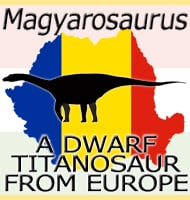Koparion
In Depth The name Koparion is based upon the comparison of the serrated teeth (currently the only known parts of this dinosaur) to ancient versions of scalpels. Despite the lack of overall remains, Koparion is widely regarded as being a troodontid and if this is correct, it would be one of the if not the … Read more
